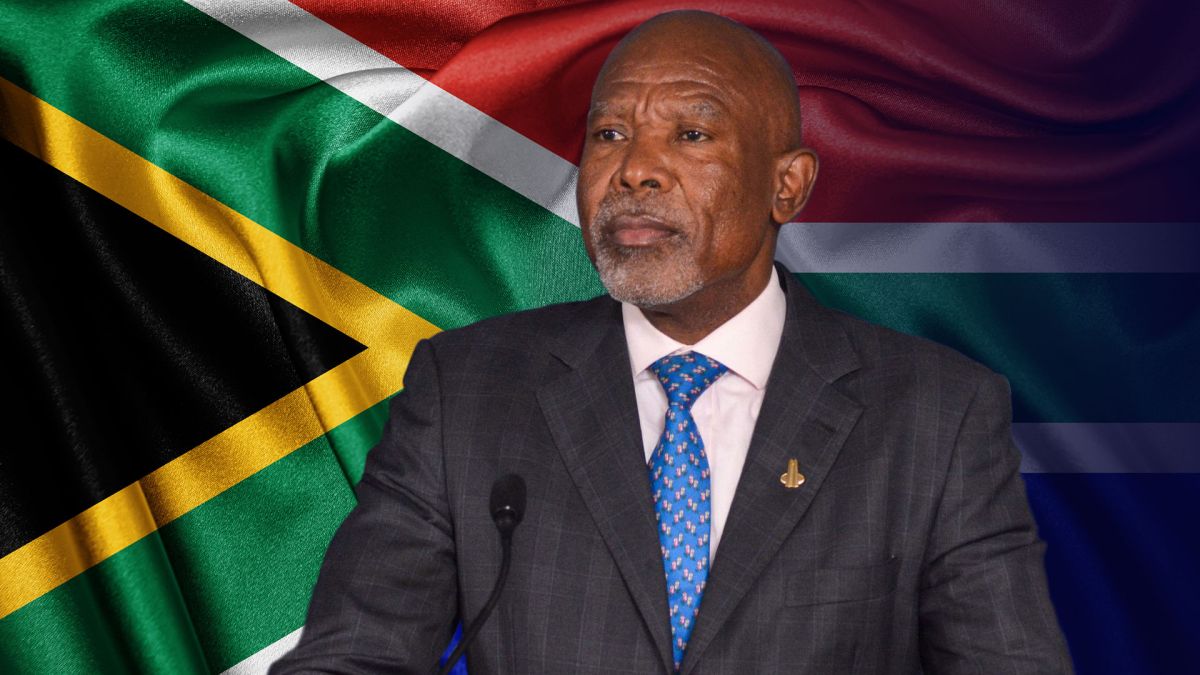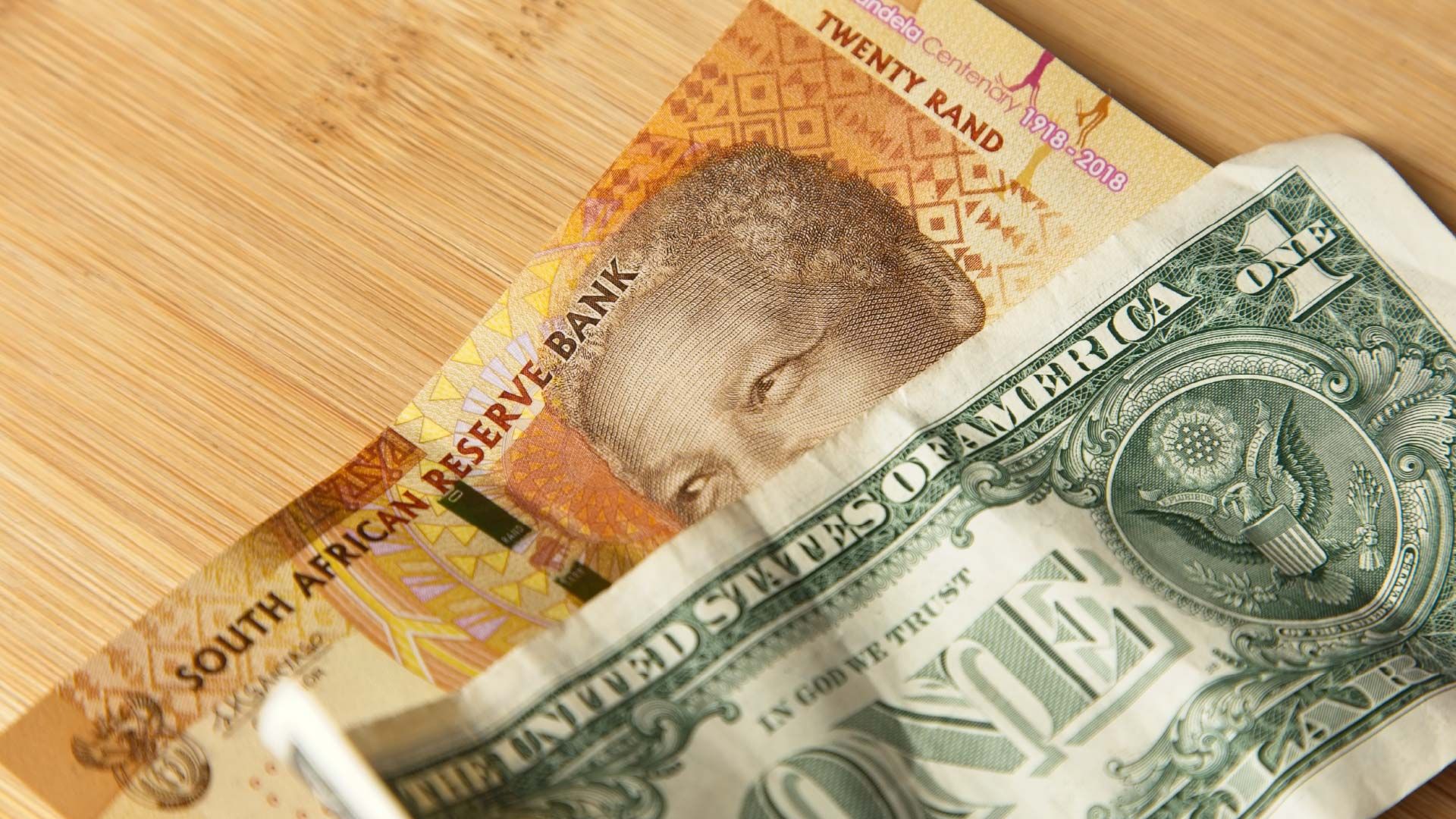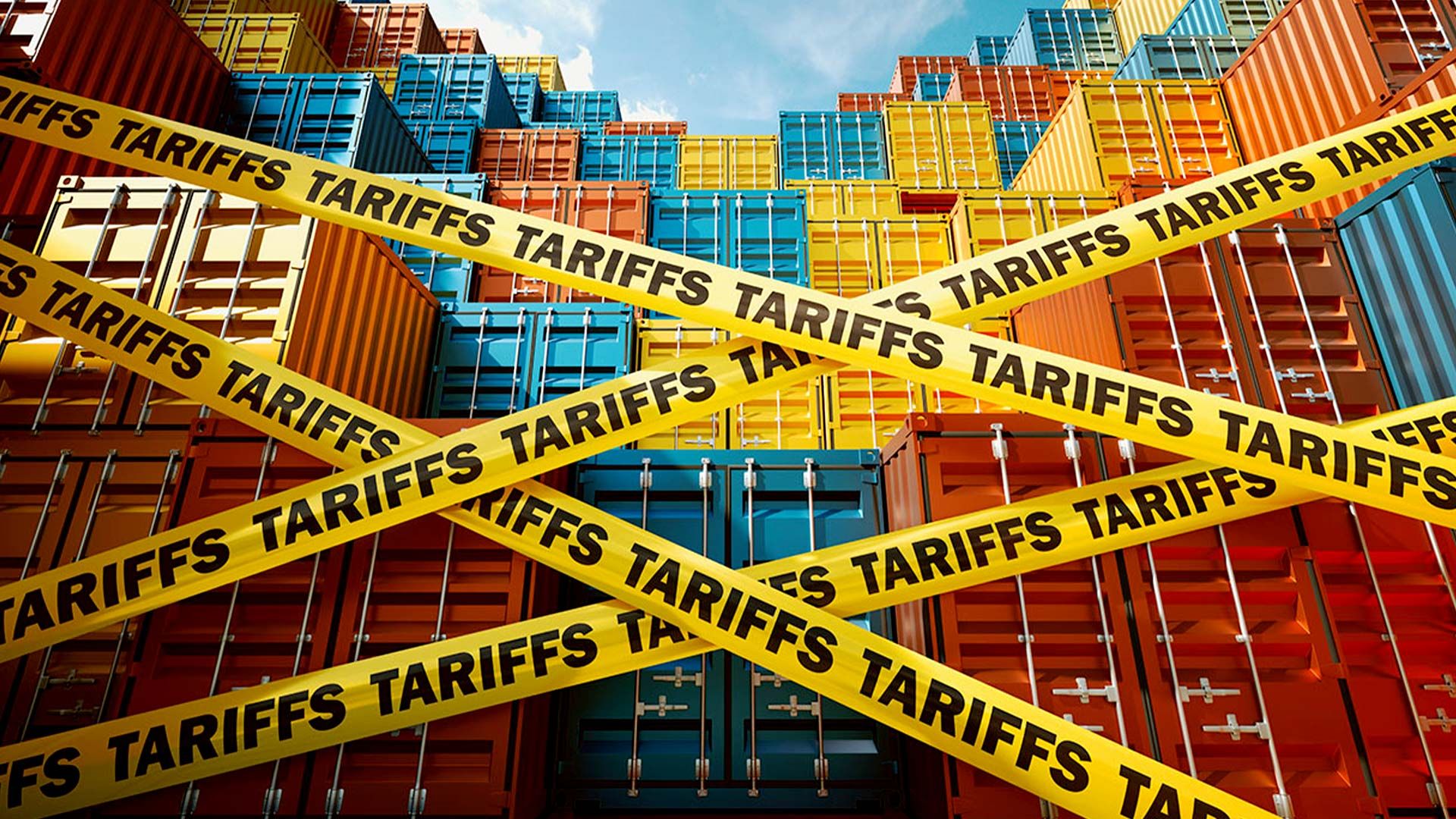May 27, 2025
The Economic Landscape and the need for Strategic Adjustment
Analysing South Africa’s Current Economic Challenges and Opportunities

Diplomatic Challenges and Economic Impacts
The recent deterioration in diplomatic relations between South Africa and the United States has introduced new hurdles. The withdrawal of US aid funds, such as PEPFAR, and increased scrutiny over investment issues including Starlink and BEE licensing, have rattled investor confidence. Additionally, accusations concerning South Africa’s international alliances and a contested genocide case against Israel have escalated tensions, with the US leveraging trade as a tool for policy alignment.
Compounding these challenges was the onset of a global tariff war, initiated by the US with reciprocal tariffs impacting markets worldwide. South Africa was caught in this economic crossfire, facing a 30% tariff on exports to the US, disrupting trade flows even under the AGOA agreement. Fortunately, these tariff increases have been halted by the US so that “new trade agreements” could be negotiated by various countries trading with the US and that want access to their lucrative market.
Currency Fluctuations and Inflationary Pressures
The tumultuous international environment led to significant capital outflows from emerging markets, including South Africa, causing the Rand to depreciate notably, peaking near R20/USD. However, a subsequent recovery has stabilised the Rand around R18/USD. Favourably, declining international oil prices have cushioned inflationary impacts, with inflation rates dipping below 3% in March and April 2025. Nonetheless, administered price increases in electricity and water continue to exert inflationary pressure.
Fiscal Policy and Economic Outlook
Domestically, the South African government faces hurdles in finalising a budget that satisfies the Government of National Unity. While initial proposals included VAT hikes, parliamentary resistance led to a third budget revision, maintaining the current VAT rate. This decision, alongside unchanged personal income tax brackets, effectively raises additional revenue, but also places extra burden on an already strained consumer base.
National Treasury revised the 2025 growth forecast from 1.9% to 1.4%, highlighting a potential R127.2 billion reduction in economic activity. Such contraction underscores the pressing need for economic revitalisation amid an environment of high indebtedness and constrained consumer spending.
Monetary Policy and Future Outlook
The South African Reserve Bank has hinted at new approaches to inflation targeting, although specifics remain under wraps. Given current low inflation levels and economic stagnation, a modest 25-basis point interest rate cut is anticipated. This move reflects a careful balance between encouraging growth and maintaining inflation control over the medium to long term.
Ultimately, South Africa stands at a crossroads, requiring strategic policy adjustments to navigate its economic challenges. Collaborative efforts towards stabilising diplomatic relations, refining fiscal strategies, and adopting a forward-thinking monetary policy will be crucial for fostering sustainable growth and stability going forward.











